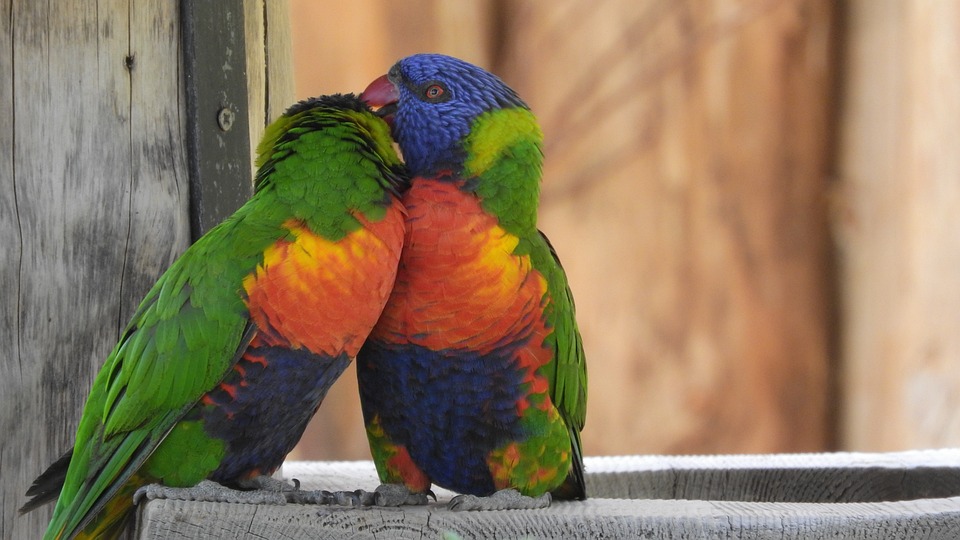Parrots are intelligent and highly trainable birds that thrive on mental stimulation and social interaction. Recognizing signs of eagerness and motivation in your parrot is crucial for successful training sessions. By paying attention to their body language and behavior, you can determine if your parrot is enthusiastic and ready to learn. In this article, we will explore various signs that indicate eagerness and motivation in parrots, helping you establish a strong bond and enhance their training experience.
Parrots, being expressive creatures, use their body language to communicate their feelings. By observing their physical cues, you can gauge their level of eagerness and motivation. Some key body language signs to look out for include dilated pupils, erect feathers, tail wagging or fanning, head bobbing, vocalizations, and active engagement. Dilated pupils indicate heightened interest and excitement, while erect feathers suggest attentiveness and interest. Tail wagging or fanning and head bobbing are common displays of excitement and engagement. Vocalizations, such as cheerful chirping or excited squawking, indicate a high level of interest and eagerness to communicate. Active engagement, visible when a parrot leans forward, extends its neck, and maintains eye contact with you, demonstrates eagerness to interact and learn.
Apart from body language, parrots also exhibit certain behavioral traits that indicate their eagerness and motivation. Understanding these behaviors will help you gauge their enthusiasm during training sessions. For example, their response to food rewards is a common indicator of motivation. If your parrot eagerly accepts treats or shows excitement when offered a reward, it signifies their eagerness to please and engage in training activities. Playfulness and curiosity are also signs of motivation, as an eager and motivated parrot will display these behaviors. Eager approach, eager participation in training exercises, and willingness to learn new behaviors are all strong indicators of eagerness and motivation.
In addition to recognizing signs of eagerness and motivation, it’s important to address common questions and concerns about training parrots. Some frequently asked questions include how long it takes to train a parrot, what to do if a parrot shows signs of fear or aggression during training, whether parrots can lose motivation during sessions, and how to keep parrots motivated in the long run. The duration required to train a parrot varies depending on the individual bird, their prior training experience, and the complexity of the behaviors being taught. If a parrot displays fear or aggression during training, it’s important to assess the situation and consult with an avian behaviorist or experienced trainer. Parrots can occasionally lose motivation during training sessions, but introducing variety, keeping sessions short and engaging, and using positive reinforcement can help maintain their motivation. To keep a parrot motivated in the long run, it’s important to establish a strong bond, introduce new challenges, provide mental stimulation, maintain a consistent training schedule, and use positive reinforcement techniques.
In conclusion, recognizing signs of eagerness and motivation in parrots is essential for effective training sessions. By observing their body language and behavior, you can ensure a positive and engaging training experience for your feathered companion. Paying attention to their cues, providing appropriate rewards, and addressing any training obstacles will help establish a strong bond and enhance their ability to learn and thrive.









